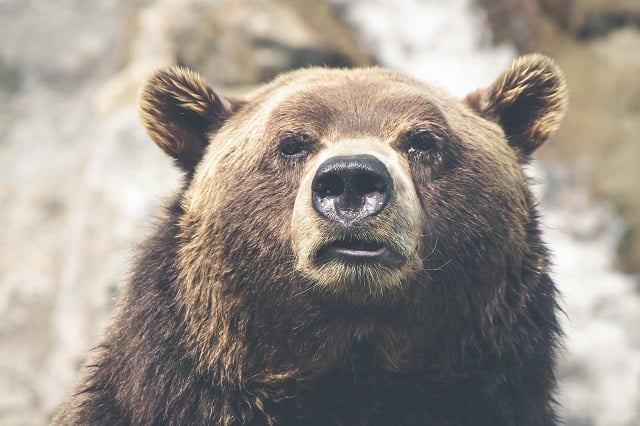Since October 2017, more than a dozen fires have swept through Northern California.
They decimated over 220,000 acres of land and 8,400 structures across eight counties.
Full recovery from California wildfires may take years https://t.co/JxO4r4VQLP via @eastbaytimes #CAfire #NorCal #wildfires
— Phil Johnston (@firefaqs) October 31, 2017
Is this kind of catastrophic fire the new norm?
Well, over the last 100-plus years, we have removed nearly all of the management systems that had evolved to keep California’s ecology in harmonic balance. Practices and perspectives developed by the indigenous peoples of this region have been lost, suppressed, and forcibly eradicated, and we’ve seen the quick disappearance of big game animals that used to roam the forests and grasslands.
As a result, these lands have become congested with dead and dying carbon—think dead trees and grass. If this material isn’t removed, burned intentionally, or stomped back into the soil, it becomes fuel for the burn. And with enough fuel, a fire can reach the forest canopy—and the rest is history.
Essentially, when we dislocate our relationship to the earth and develop amnesia around our responsibilities as land tenders, the health of the whole suffers.
In a new short film titled “Reflection: A California Fire Story,” we are given a glimpse into both the devastation and hope that exists in our relationship to fire. It is a moving tribute to the grief surrounding all that has been lost in these fires, and it offers a gentle reminder of what’s possible when we get in touch with our nature.
Watch it here:
~
~
Author: Emmett Brennan
Image: Thomas Lefebvre/Unsplash; Twitter
Editor: Callie Rushton
Copy Editor: Yoli Ramazzina
Social Editor: Waylon Lewis











Read 0 comments and reply